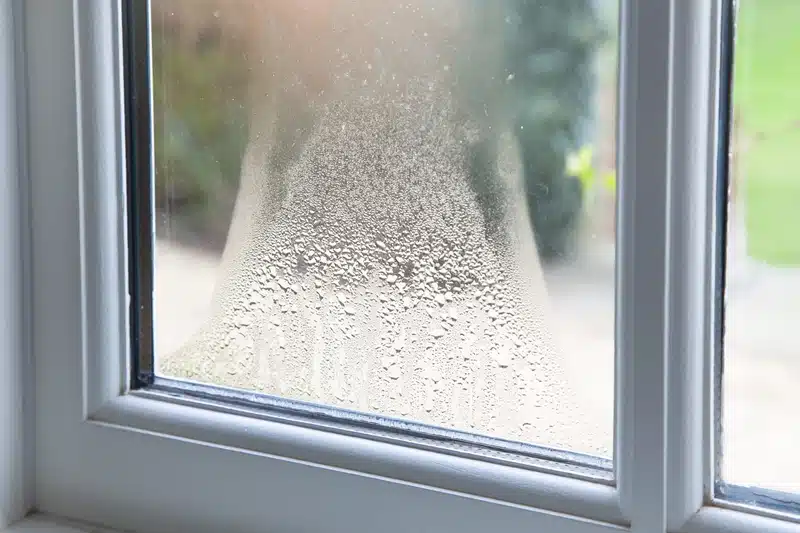
Now that the weather is getting cooler, you might have noticed a few drafts sneaking through the windows of your …
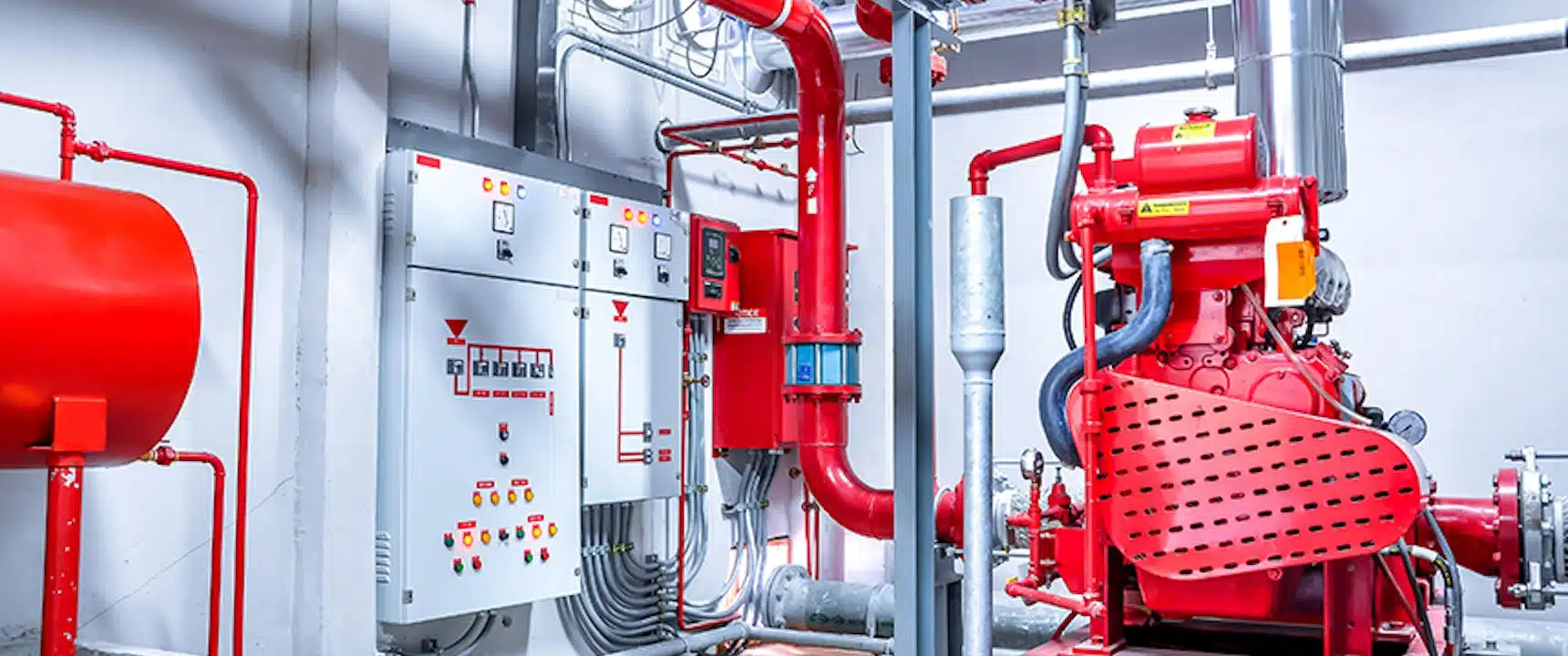
A frozen fire sprinkler system can present just as much threat as a fire and can cause an equivalent amount of damage to the building, just in different ways. Entire systems have been damaged and replaced because the system’s owner didn’t take the appropriate steps to maintain and inspect their system. Let’s take a closer look.
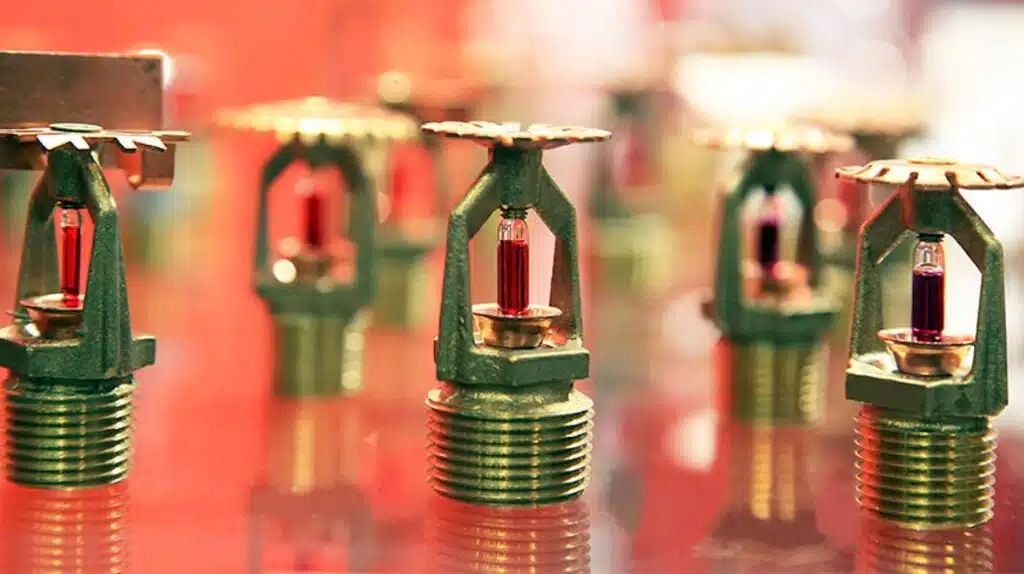
First, it helps to understand what kind of sprinkler system you have. In most homes and businesses, it’s more likely that the fire suppression system will be a “wet” system. This simple but effective design keeps the pipes of the sprinkler system full of water and sprays water once a monitoring device detects the heat of a fire. Alternatively, a “dry” system uses pipes pressurized with air that holds the water back from the main water line.
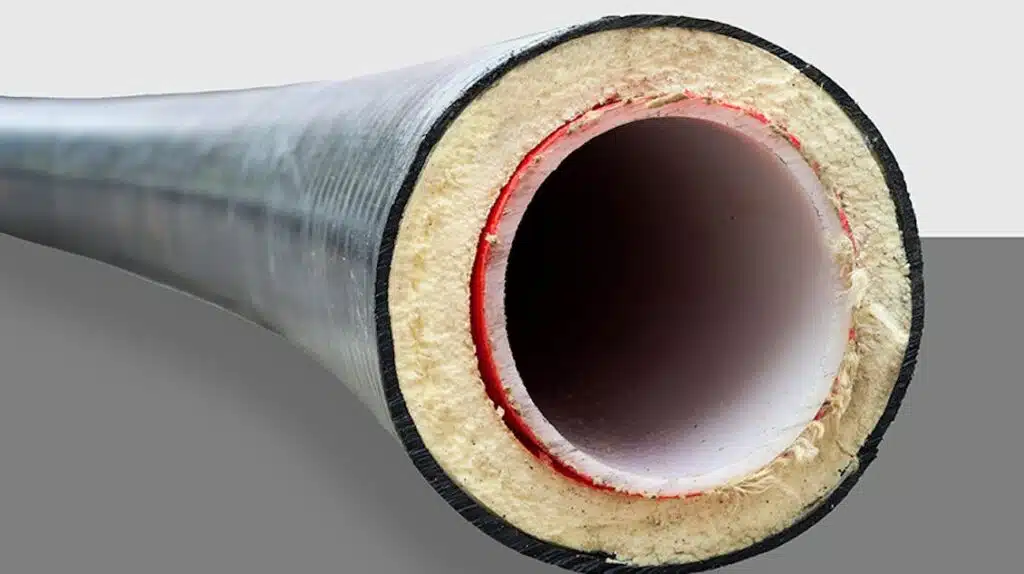
Properly installed mineral fiber insulation is the most practical solution for reducing the change of fire sprinkler pipes freezing. This insulation’s property to slow heat flow is expressed as R-value. The higher the R-value of insulation, the greater its ability to impede the flow of heat. Insulation with high R-value would be installed between the pipe and the exterior or unconditioned space. This is critical in areas that drop below 40 degrees Fahrenheit.
Yet another strategy to reduce the chances of frozen pipes is to use “heat tracing,” which employs a flexible, electric heating unit that is wrapped around the pipe to supply heat when needed.
Most importantly, your home or facility needs a reliable heating system to replace the heat leaving the building. One of the most common causes of a wet sprinkler system freezing is when the heat in a building is accidentally turned off or loses power. Areas that pose the highest risk for freezing are entryways, stairwells, attics, skylights, and under floors.
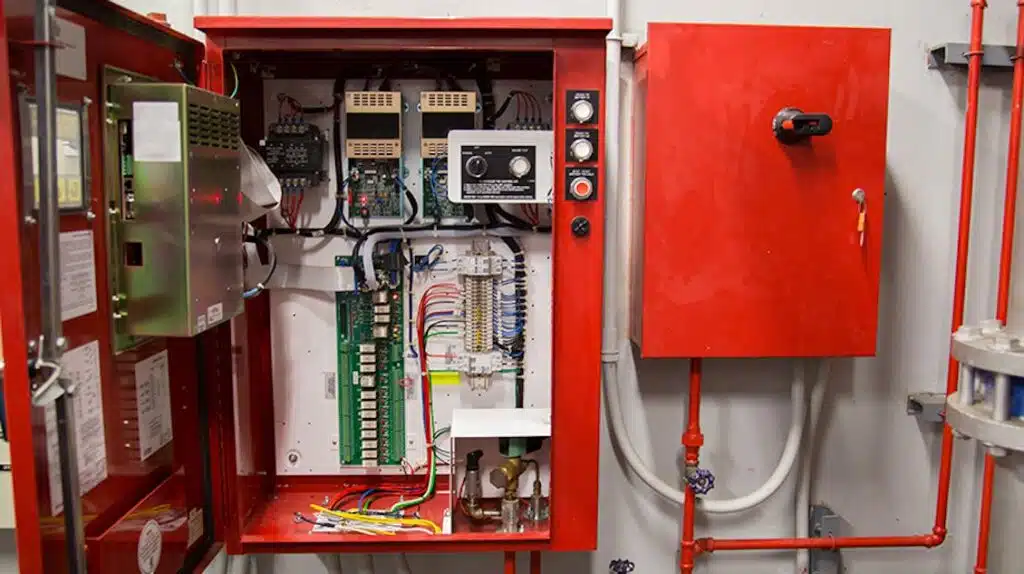
Annual servicing of your heating systems will help to ensure dependability when cold weather strikes. You also need to check all piping to ensure the insulation is intact, ensure there are no major leaks or blocked ventilation in building openings and verify system performance and monitoring.
Fire suppression systems can be augmented by adding additional insulation in unheated areas in which the system is located. These steps can also be executed by a heating and cooling professional. However, be wary of any outfit that is advertising “winterization” of your system.
Another aspect of a wet system that is often at play during freezing scenarios is an antifreeze loop. By adding antifreeze to the water in the sprinkler system, the freezing point is much lower, reducing the risk of frozen pipes. During your inspection, your maintenance professional will take test samples to ensure the appropriate concentration of antifreeze is present.
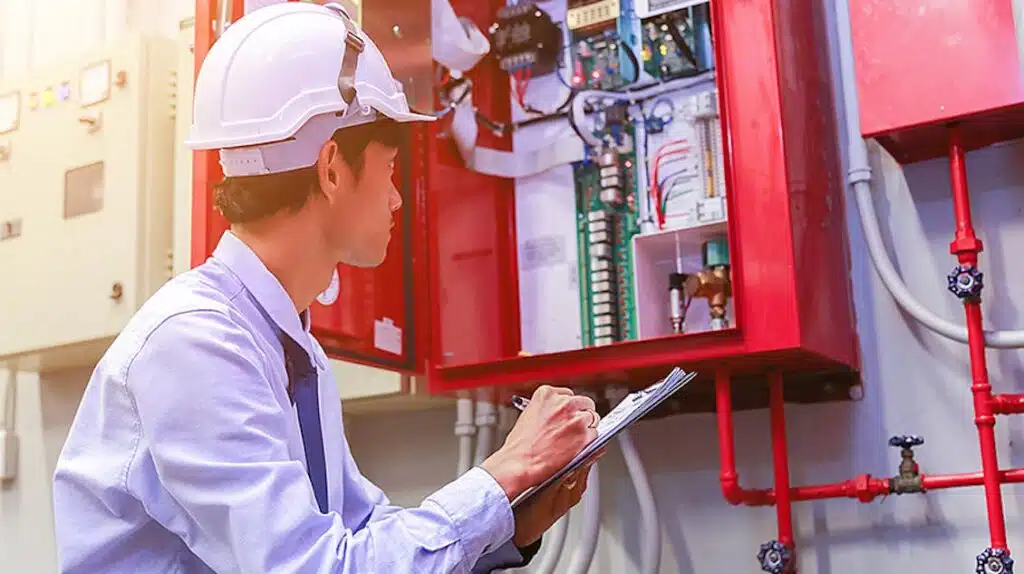
It’s highly recommended to have a fire sprinkler professional perform an annual inspection prior to the winter months, which may include flushing the fire sprinkler system. After flushing the system with water, the pipes are then blown out with air to dry them.
Ideally, all fire sprinkler and suppression systems should be properly designed and installed appropriately to their environment. Regardless of what system you are employing, freezing of fire protection systems is avoidable.

Now that the weather is getting cooler, you might have noticed a few drafts sneaking through the windows of your …
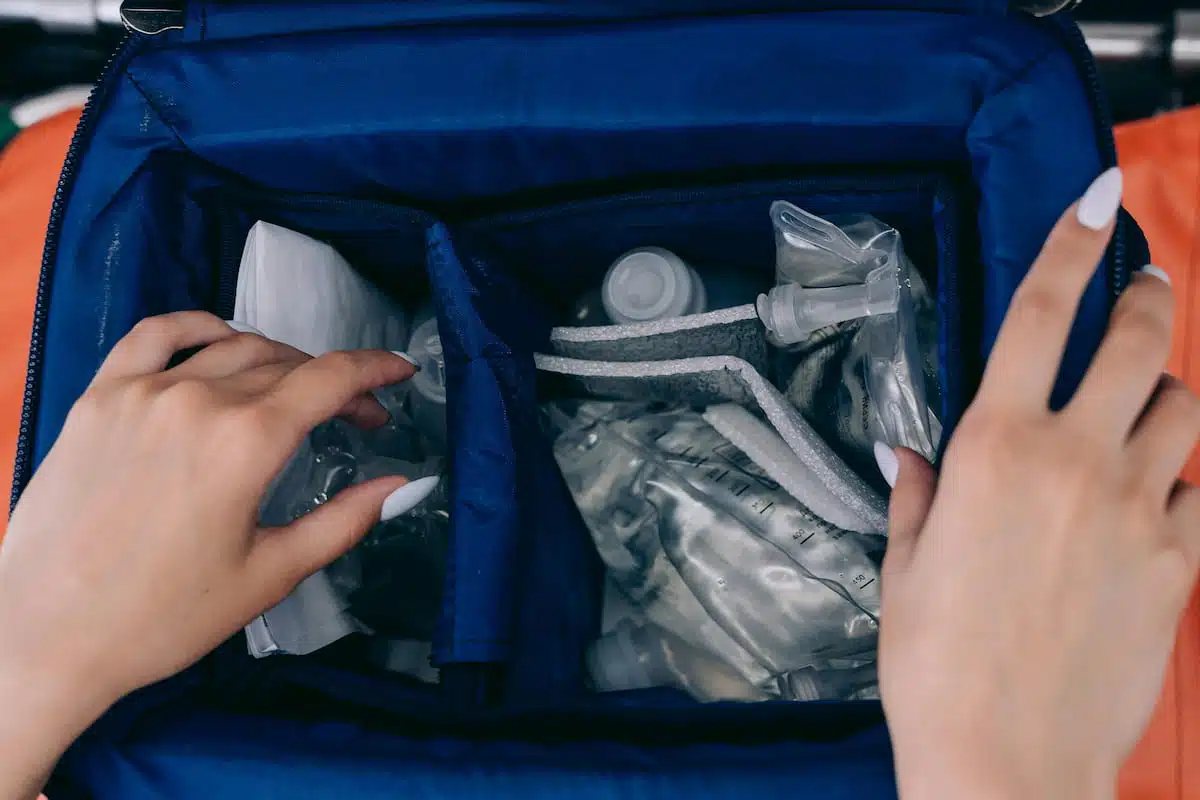
Having a well-stocked emergency kit can be a huge lifesaver for you and your loved ones in the face of …
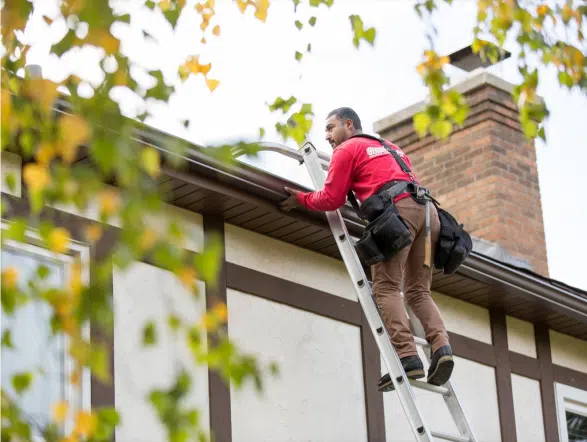
Minor cracks in your roof can lead to leaks, molding, and higher energy costs. Small dents, soft spots, and loose …
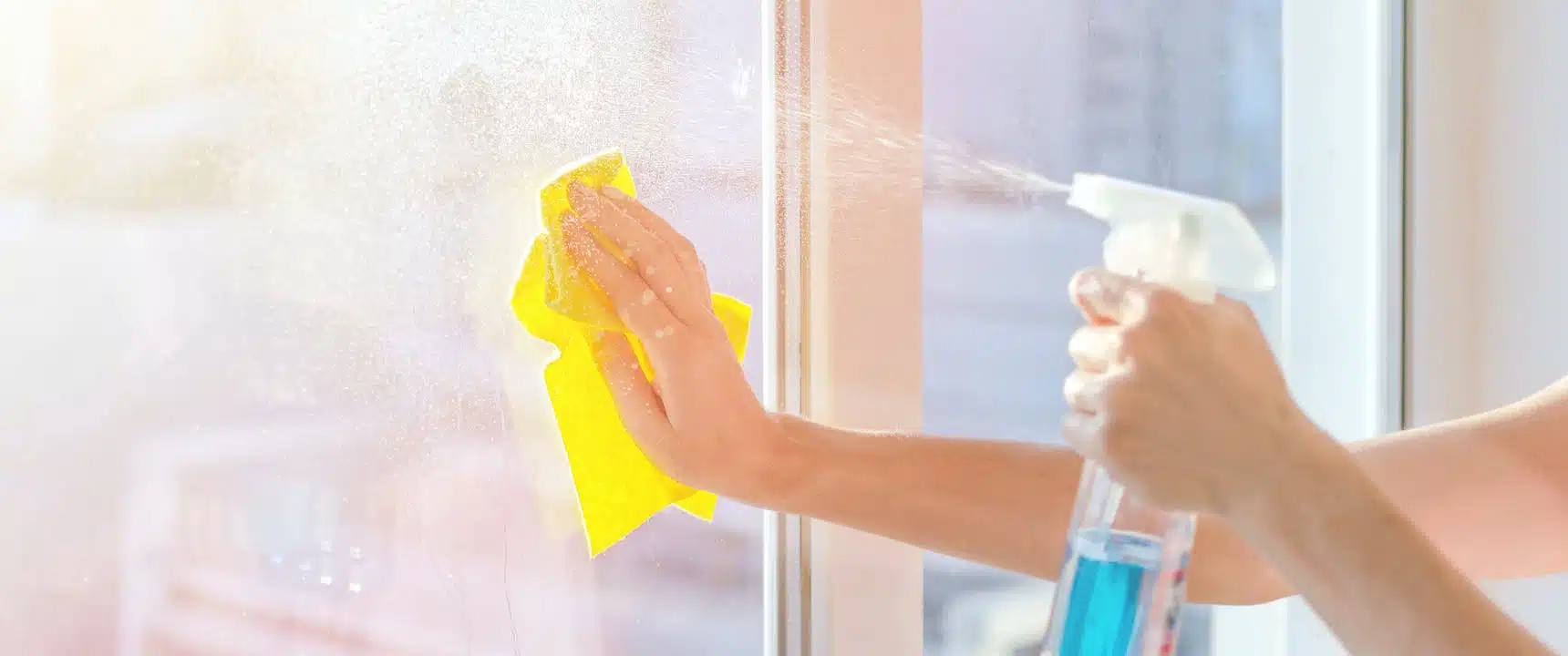
When it comes to home maintenance, it seems like carpeting, upholstery, floors, kitchens, and bathrooms get all the star attention. …
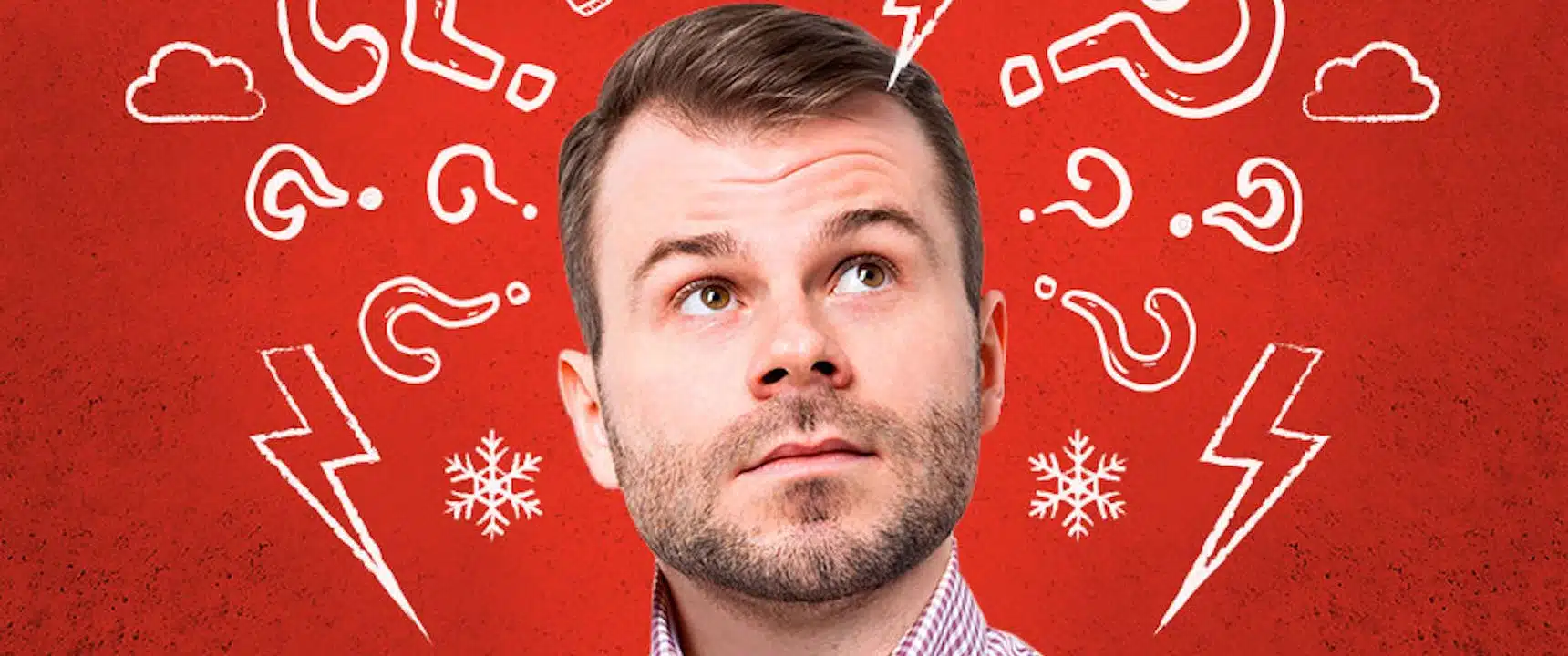
Here are some of the most out-there weather terms we’ve run across in digging into the weather. 1. Toad Strangler …
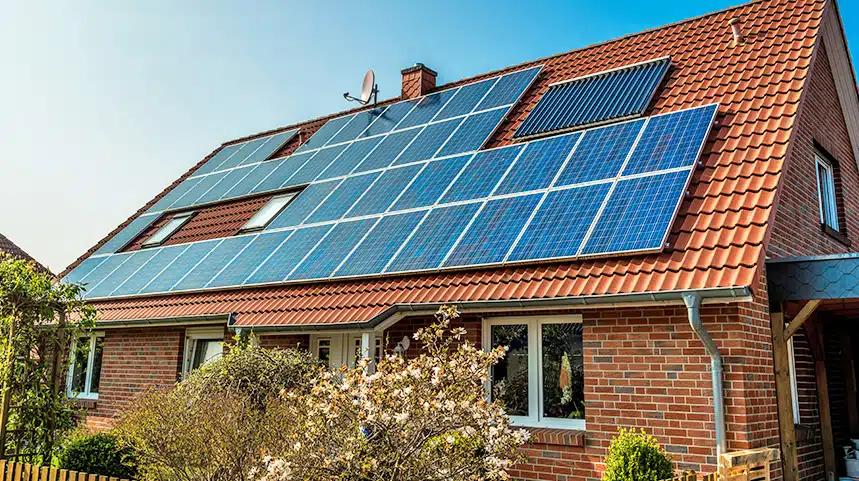
1. The Solar Energy Market is booming According to the Solar Energies Industry Association, solar energy is off-the-charts popular with residential …